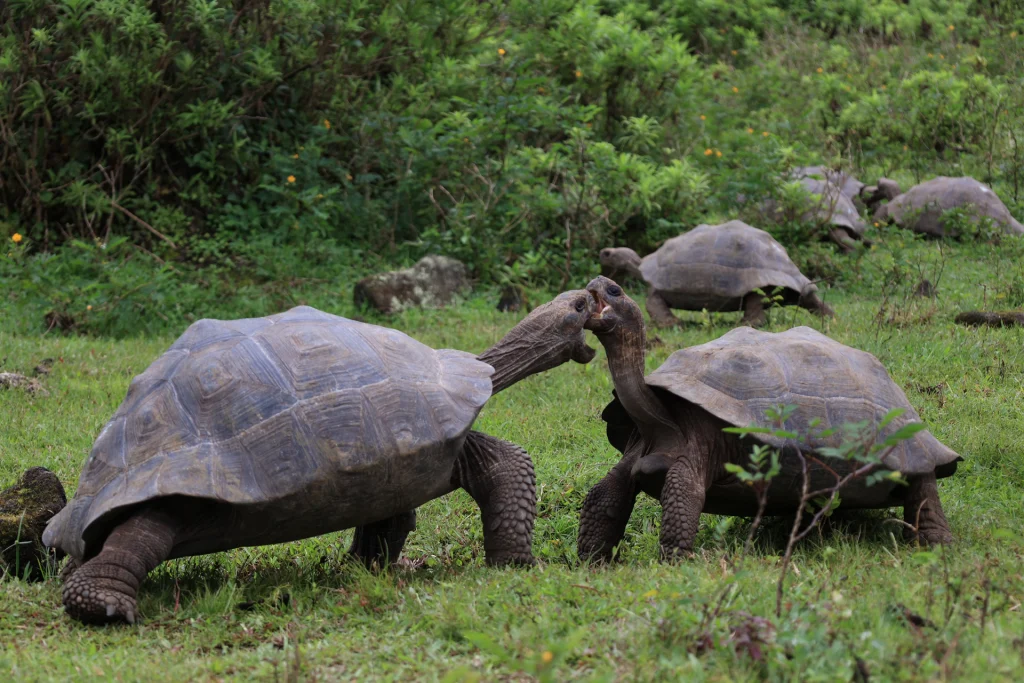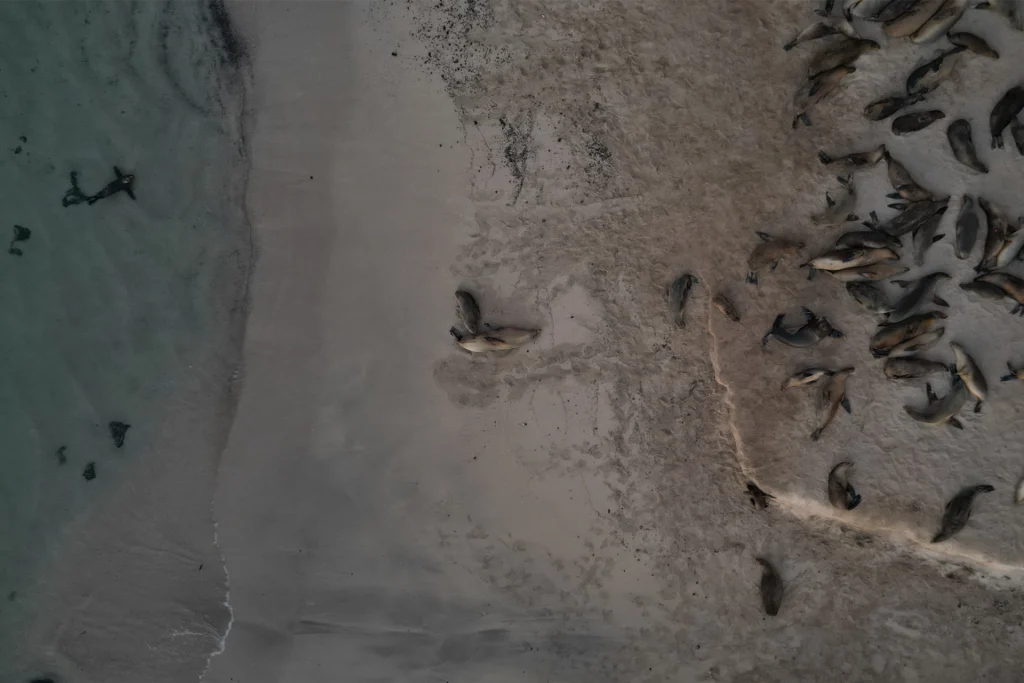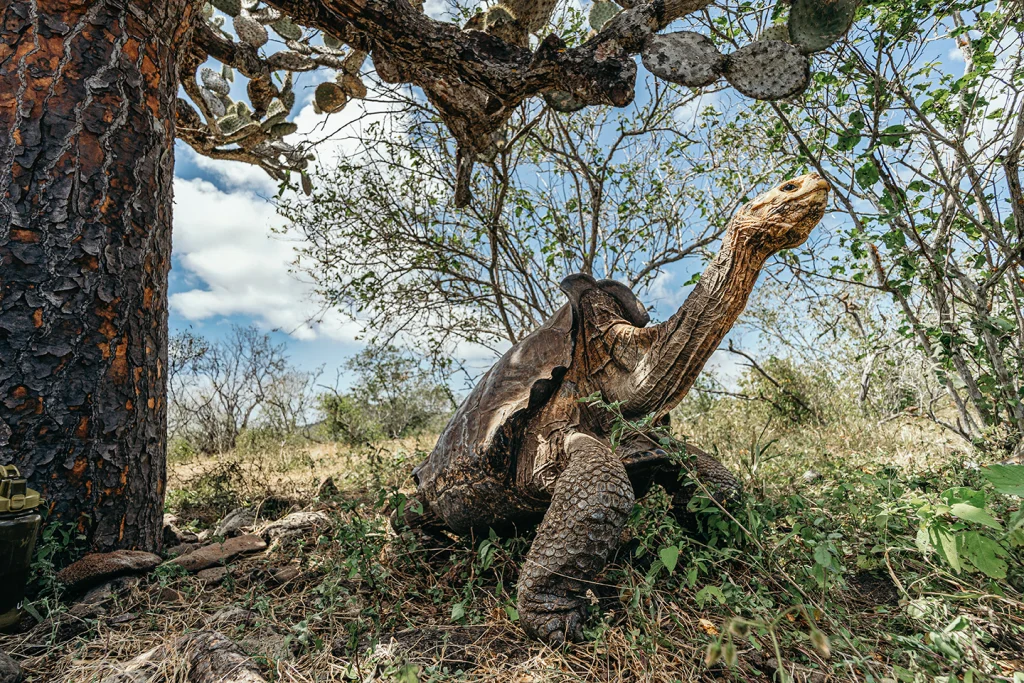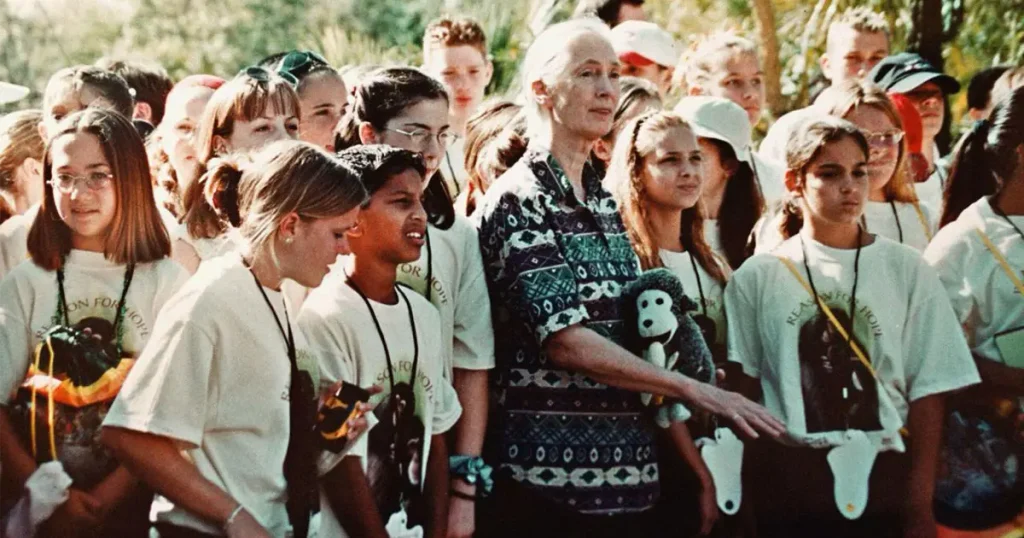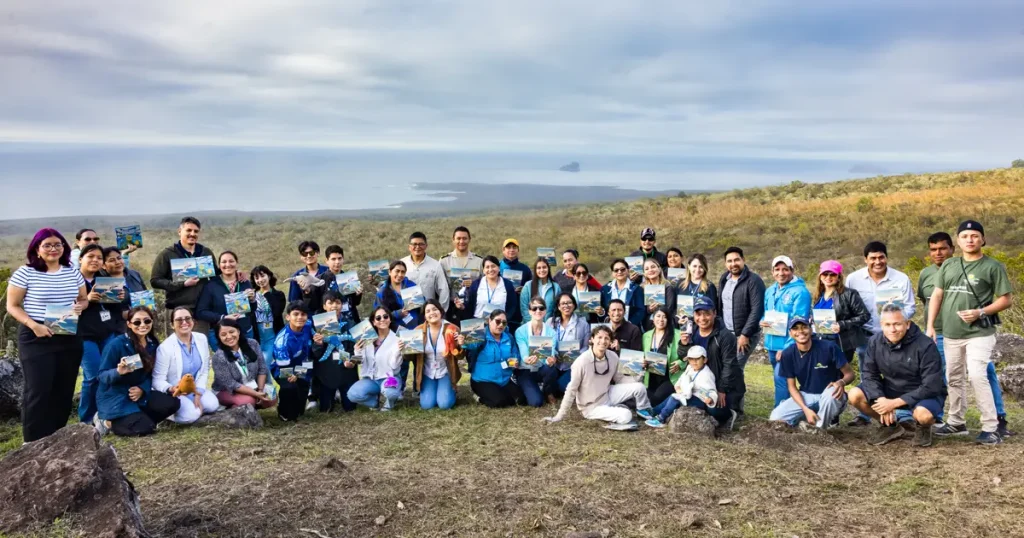Commitment to the Conservation of Galápagos’ Protected Areas
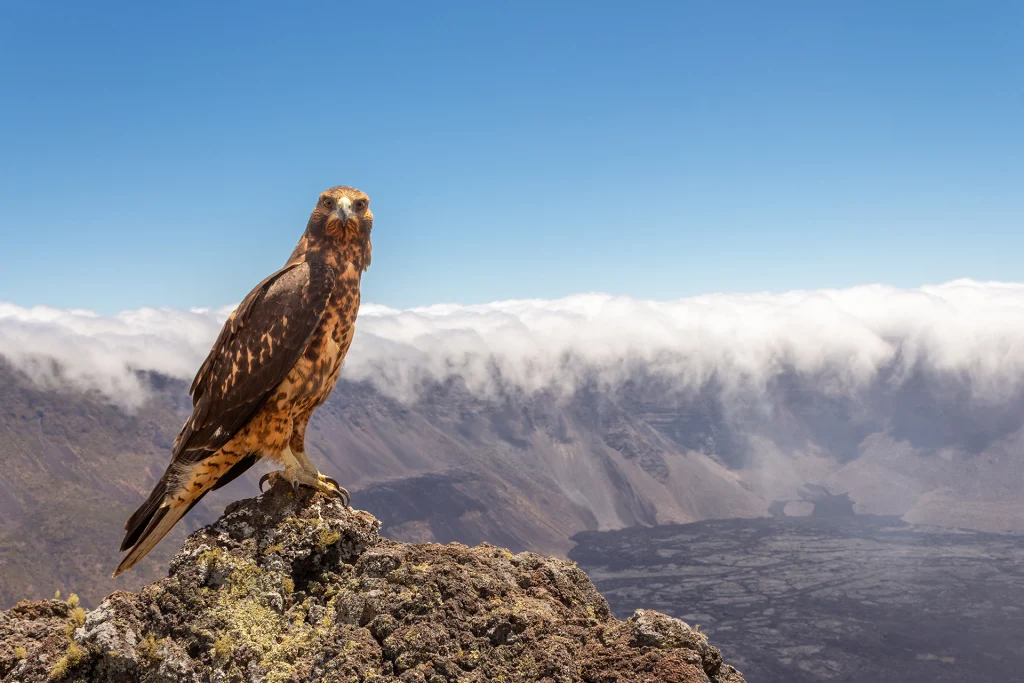
On July 18, a day that marks Ecuador’s National Day of the National System of Protected Areas, Galápagos Conservancy renewed its commitment to the conservation of the unique ecosystems of the Galápagos Archipelago. Since our establishment almost 40 years ago, we have been dedicated to helping protect Galápagos, working closely with Ecuador’s environmental authorities to ensure the protection of this Natural Heritage Site for Humanity.
History of Galápagos' Protected Areas
Galápagos consists of two protected areas. The first, the Galápagos National Park, was established in 1959 and covers an area of 8,000 square miles (20,720 square kilometers), representing 97% of the archipelago’s land area. It is globally renowned for its exceptional biodiversity in a volcanically active landscape.
The second, the Galápagos Marine Reserve, was designated a UNESCO World Heritage Site in 2001, originally covering 50,000 square miles (133,000 square kilometers), making it one of the largest marine reserves in the world. In 2022, the Hermandad (or “Brotherhood”) Marine Reserve was established to expand the marine protected area to 76,000 square miles (198,000 square kilometers). This expansion includes no-take zones and a responsible fishing zone and helps protect migratory marine species like whale sharks, hammerhead sharks, whales, and sea turtles that move throughout the eastern Pacific Ocean.
The Vital Role of Protected Areas
On the National Day of the National System of Protected Areas, it is important to emphasize these spaces’ vital role in preserving marine and terrestrial biodiversity in Galápagos. Protected areas not only conserve animal and plant life, safeguarding the archipelago’s natural heritage, but they also play a key role in the well-being of the local community by supporting a thriving ecotourism industry that drives much of the Galapagos’ local economy and sustainable fishing enterprises.
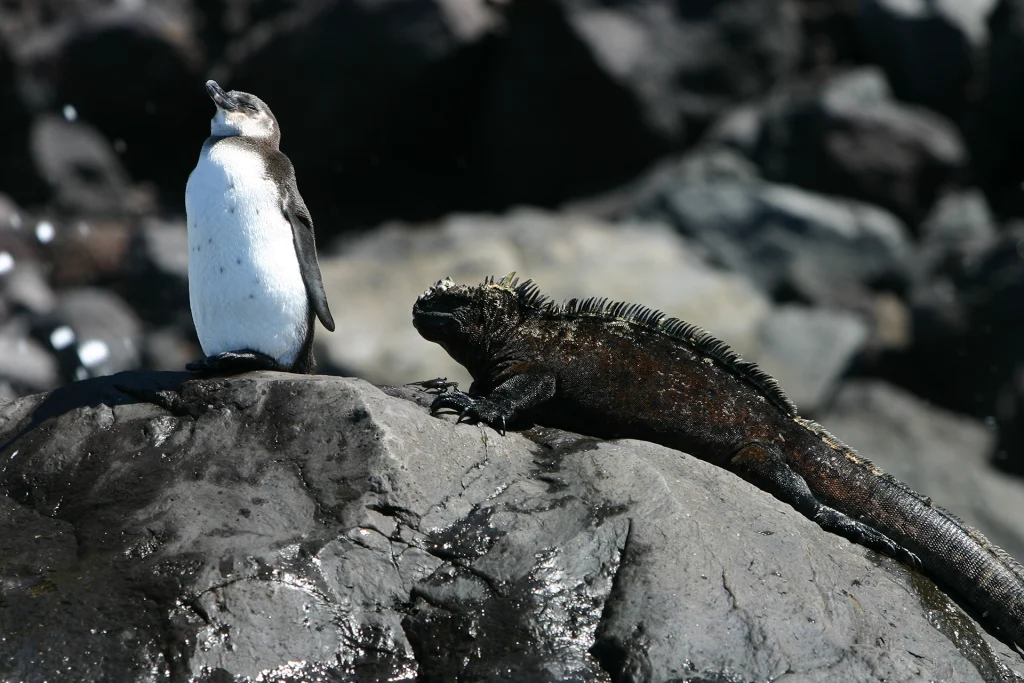
Commitment to Galápagos Sustainability
We are proud to support the Galápagos National Park Directorate in its ongoing efforts to maintain and conserve the protected areas of the archipelago. Their exemplary management sets a high standard for the conservation of vulnerable ecosystems worldwide.
Over the years, we have seen both the challenges and successes in protecting this unique natural treasure. Our commitment remains strong for supporting scientific research, responsible use of the environment and activities that promote a sustainable relationship between humans and nature in Galápagos. We are grateful for the continued support of our generous donors and strategic partners, whose commitment enables us to pursue our mission to help protect the Galápagos Islands.
